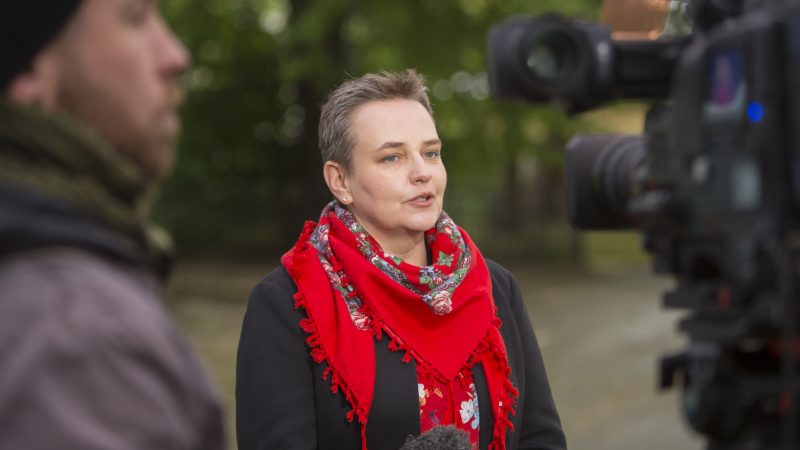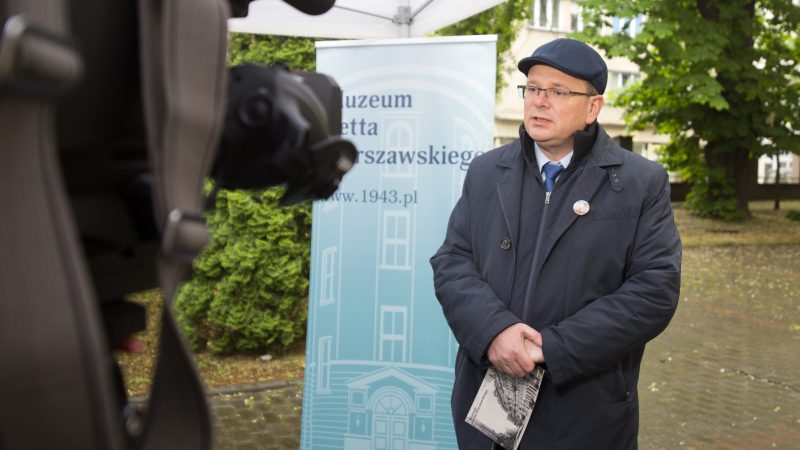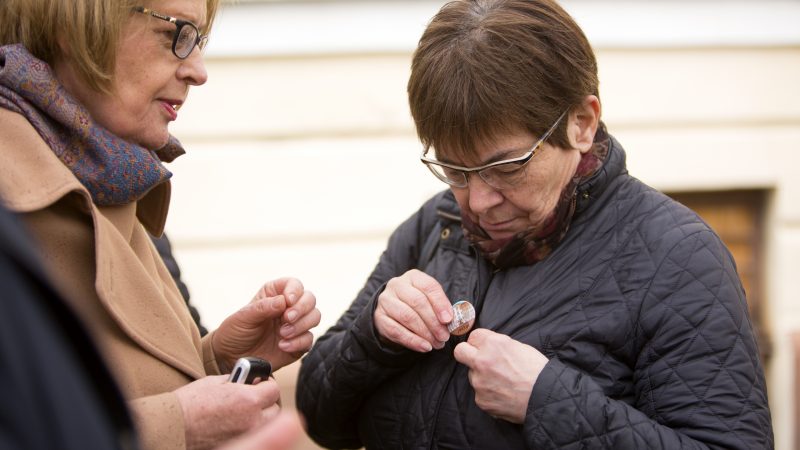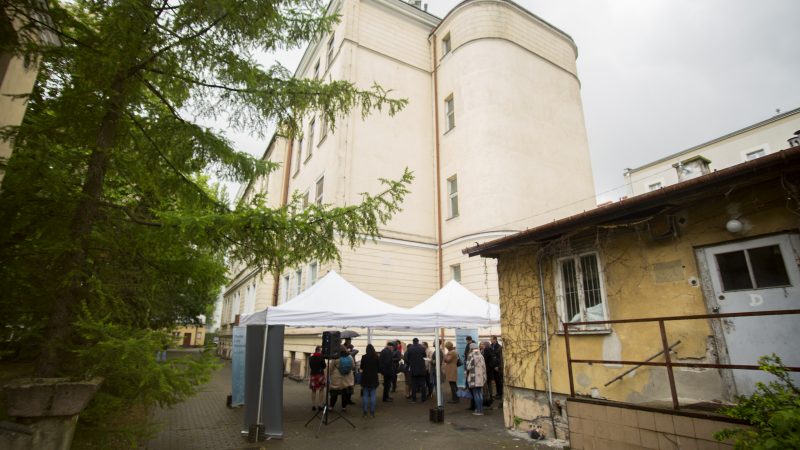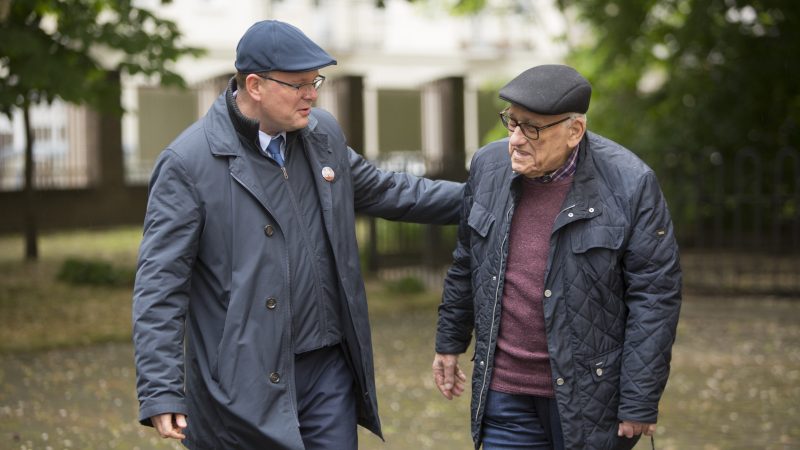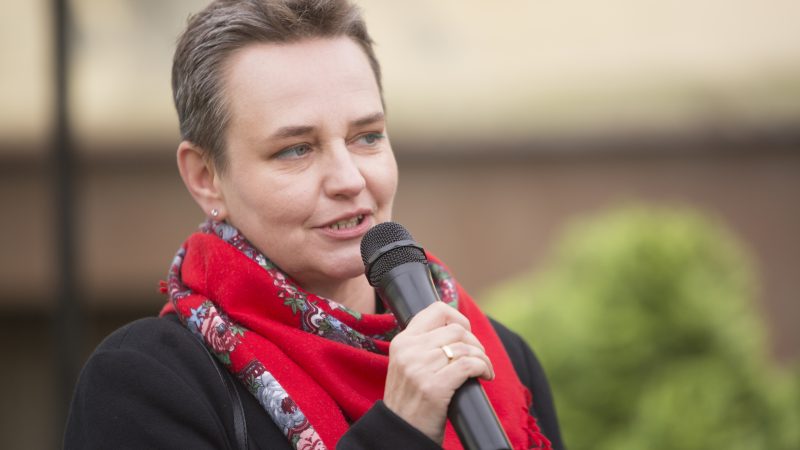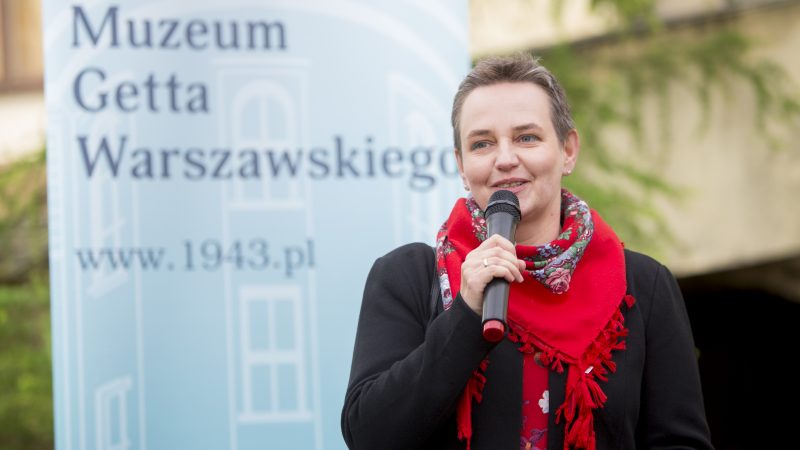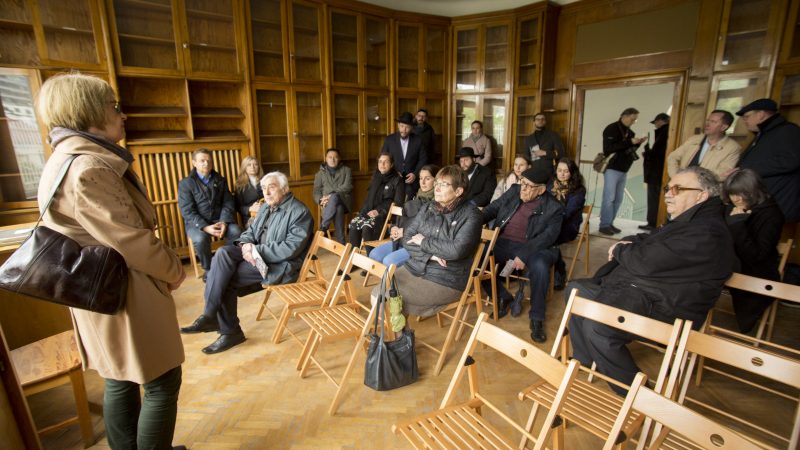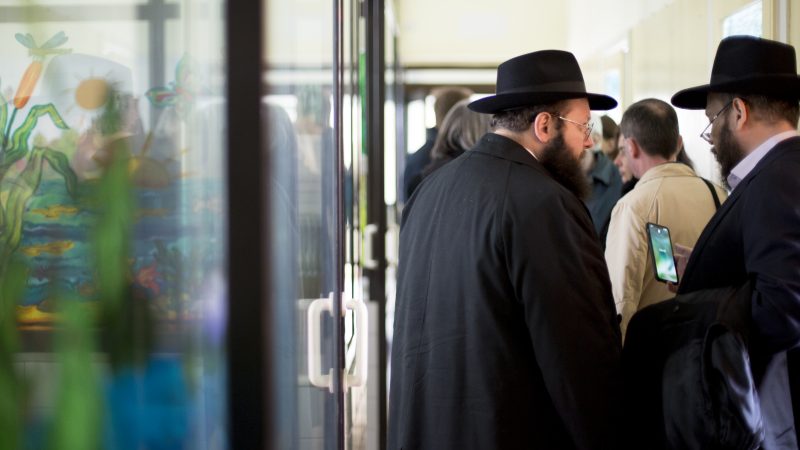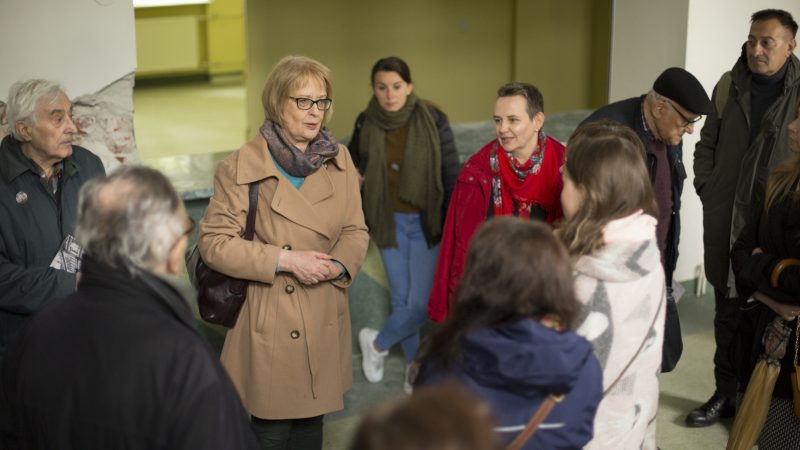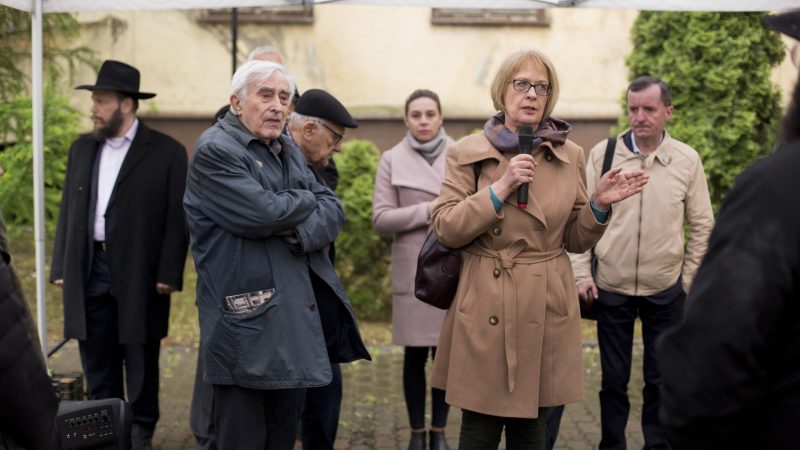The History of Sienna and Śliska Streets – WGM’s Third Outdoor Exhibition
“Postcards from our neighbourhood. The history of Sienna and Śliska Streets” is the third outdoor exhibition of the Warsaw Ghetto Museum. The exhibition located on the fence of the Bersohn and Bauman Children’s Hospital at 60, Sienna Street was inaugurated on May 14th.
The history of both streets began at the end of the 18th century. Already in the 19th century they had become a testimony to the rich Polish-Jewish social relationships – the tenement houses in Sienna and Śliska streets were inhabited by both Poles and Jews. In 1878, the construction of the Bersohn and Bauman Children’s Hospital, which was founded by two families of Jewish philanthropists, was completed. Children were treated there free of charge regardless of their religion. At the turn of the 19th and 20th centuries, shops, a popular cinema, a fittings factory, and the Society for Mutual Assistance of Trade and Industrial Workers had already been located there. In the 1930s more educational institutions were established in this area. During the occupation, the street was part of the so-called small ghetto. The teenage Mary Berg, authoress of one of the most renowned diaries from the Warsaw ghetto, lived at 41 Sienna Street, after being resettled there from Zielna Street. The house at 16 Sienna Street was also the last location where the Orphans’ Home, founded by Stefania Wilczyńska and Janusz Korczak, was located.
During the Warsaw Ghetto Uprising and the Warsaw Uprising patients were treated at the Bersohn and Bauman Children’s Hospital. This historic monument is an exceptional witness of history that survived from the ashes of war. The Warsaw Ghetto Museum is planning to organise its permanent exhibition there.
You can learn more about the history of Sienna and Śliska streets from our exhibition – feel free to come!
Maja Nowak is the author of the photographs.
Anna Kilian

